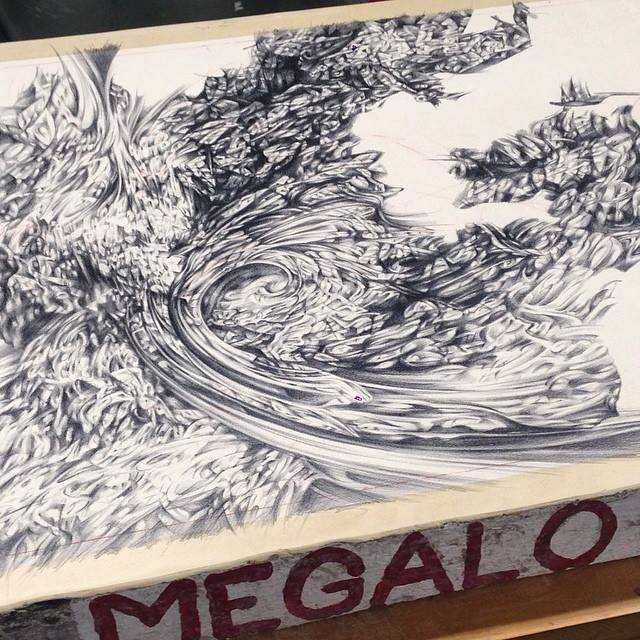
lithography [li-thog-ruh-fee] ExamplesWord Origin noun
- the art or process of producing a picture, writing, or the like, on a flat, specially prepared stone, with some greasy or oily substance, and of taking ink impressions from this as in ordinary printing.
- a similar process in which a substance other than stone, as aluminum or zinc, is used.Compare offset(def 6).
Origin of lithography From the New Latin word lithographia, dating back to 1700–10. See litho-, -graphy Related formslith·o·graph·ic [lith-uh-graf-ik] /ˌlɪθ əˈgræf ɪk/, lith·o·graph·i·cal, adjectivelith·o·graph·i·cal·ly, adverbun·lith·o·graph·ic, adjective Examples from the Web for lithography Historical Examples of lithography
It was the first specimen of lithography ever executed in Pittsburg.
The Atlantic Monthly, Volume 20, No. 121, November, 1867
Various
I will, however, recount the best that has been done so far for lithography.
Alois Senefelder
This was one of the most important moments in my life, and in the process of lithography.
Alois Senefelder
Thus my residence in London was not unimportant for lithography.
Alois Senefelder
Every kind of calcareous stone is capable of being used for lithography.
Edward Hazen
British Dictionary definitions for lithography lithography noun
- a method of printing from a metal or stone surface on which the printing areas are not raised but made ink-receptive while the non-image areas are made ink-repellent
Derived Formslithographer, nounWord Origin for lithography C18: from New Latin lithographia, from litho- + -graphy Word Origin and History for lithography n.
1813, from German Lithographie (c.1804), coined from Greek lithos “stone” (see litho-) + graphein “to write” (see -graphy). The original printing surfaces were of stone. Process invented 1796 by Alois Senefelder of Munich (1771-1833). Hence, lithograph “a lithographic print,” a back-formation first attested 1828. Earlier senses, now obsolete, were “description of stones or rocks” (1708) and “art of engraving on precious stones” (1730).
 Liberal Dictionary English Dictionary
Liberal Dictionary English Dictionary